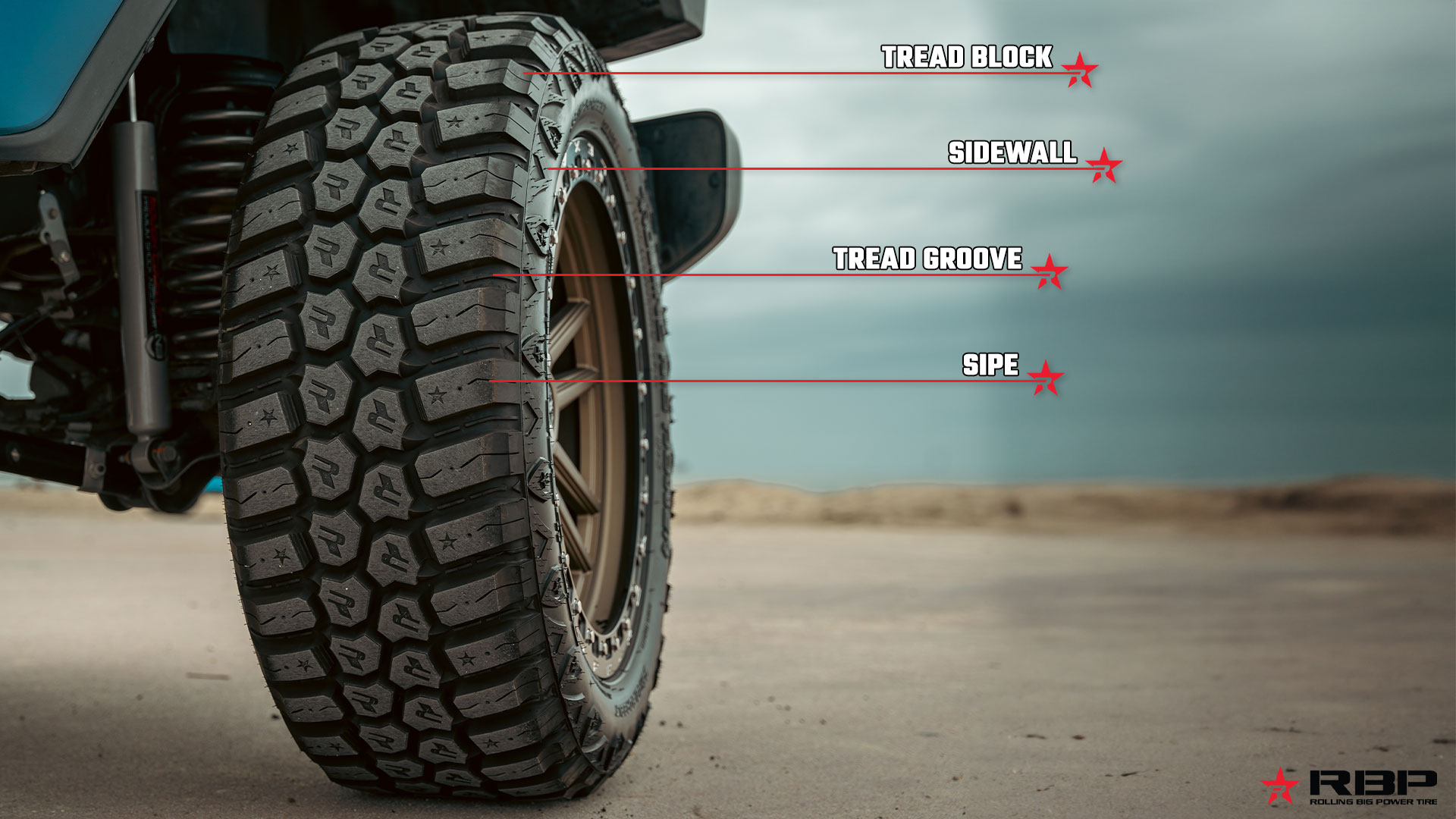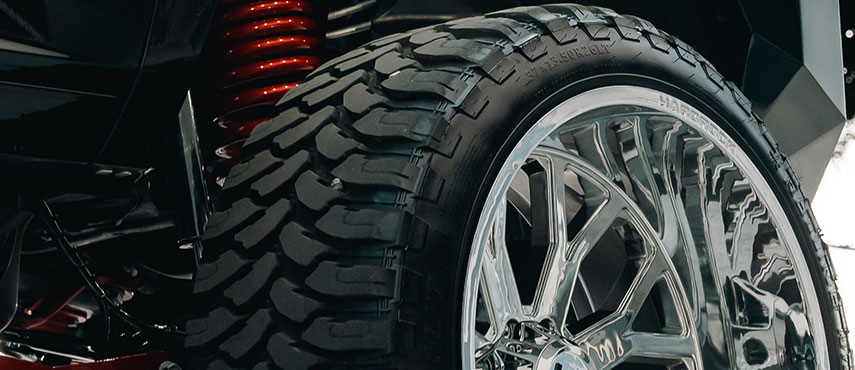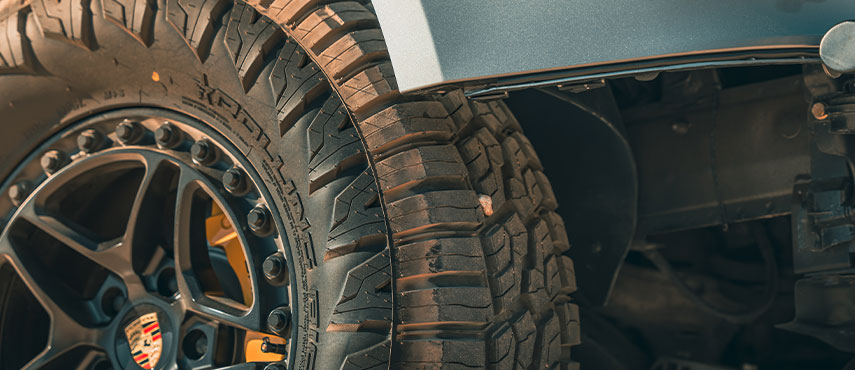If you use your truck or SUV as a base camp and travel on mild trails, then you’re part of the fastest growing subset in the off-road community: overlanding. Roof top tents, plug-in coolers, and more are all part of the overlanding package, but none are required to be an experienced overlander. The only thing you really need is a sense of adventure, some off-road basics, and a reliable vehicle that can safely navigate the trails.
That said, when it comes to overlanding, having the right tires makes all the difference. The right set of tires will help you navigate through tough terrain, provide better traction, and ensure a smoother ride. However, with so many options available, choosing the best overland tire can be a daunting task. In this article, we will explore the key factors to consider when selecting overland tires and provide you with a comprehensive guide to help you make an informed decision.
Traditionally, overlanding involved long-distance travel to unexplored remote locations. Some characteristics of traditional overlanding included self-reliance, survival, adventure, and discovery. These journeys often lasted for days, weeks, months, and even years at a time. Of course back in the early 1900s when the term overlanding was coined, there were no dedicated off-road vehicles.
Modern day overlanding stays true to its roots, except with the addition of a well-equipped vehicle loaded with all the gear you would ever need. It stills involves traveling to uncharted lands and setting up camp, but with a convenient twist. Modern trucks set up for off-roading are able to double as a livable space and a means of travel.
Simply put, overlanding is not just about conquering obstacles, but rather about exploration and learning about the world.
Choosing the right tire for overlanding depends on a few factors. Depending on your geographical region, the type of terrain you drive on varies. Considering most overland adventures are far from home, building an off-road vehicle to perform on a wide range of terrains is important. While the best truck or SUV for overlanding is the one you already own, there are a few things that can help ensure smooth travel. One of the most vital pieces of gear is the correct set of tires.
Before buying a set of overland tires, it’s a good idea to understand some tire basics so you know what to shop for. A good off-road tire needs to have several key factors, including durability, good traction, strong sidewalls, and ride quality.

If you’re going to be driving on muddy terrain, then the Repulsor M/T is the go-to tire. Unlike other mud-terrain tires, the Repulsor M/T provides excellent traction and stability on rain, sleet, mud, snow and everything in between. This tire features large tread blocks, open shoulders, and a detailed upper-shoulder design, making it an excellent choice for overlanding in certain terrain.
The Repulsor M/T is available in 15” to 26” sizes.


If you’re looking for a mix of all-terrain and mud-terrain tires, then the Repulsor R/T rugged-terrain tire is the ultimate choice. Commonly referred to as hybrid tires, the R/T does an excellent job of tackling all types of terrain. This tire features a 3-ply sidewall construction that offers exceptional off-road performance and low road noise and comfort. The R/T is the perfect choice for overlanding.
The Repulsor R/T is available in 17” to 24” sizes.
There are plenty of factors to consider when shopping for a set of tires for your overland build. Whether you opt for M/T, X/T or R/T tires, you’ll have the performance needed to tackle any adventure and any terrain.
To learn more about tires, check out our in-depth off-road tire resources.